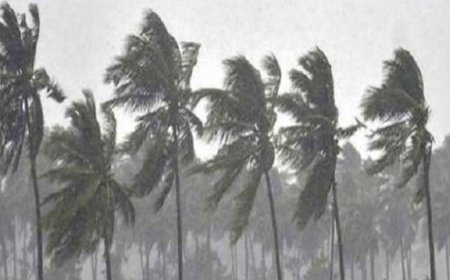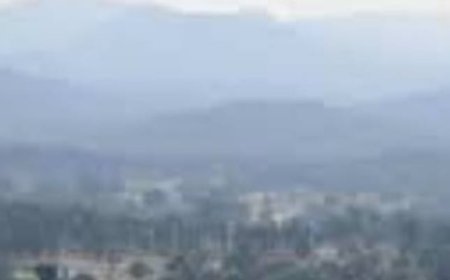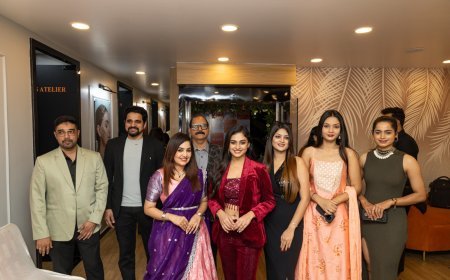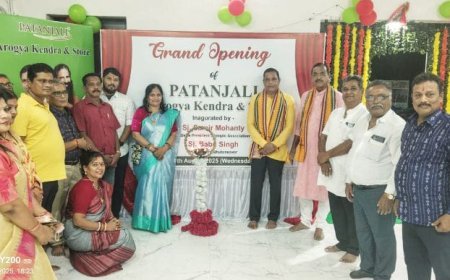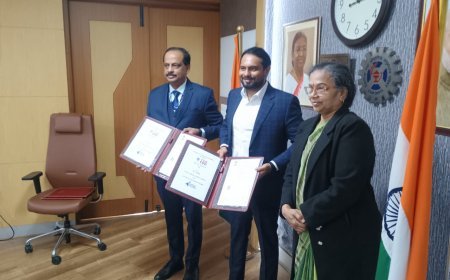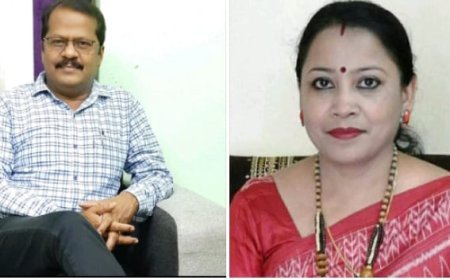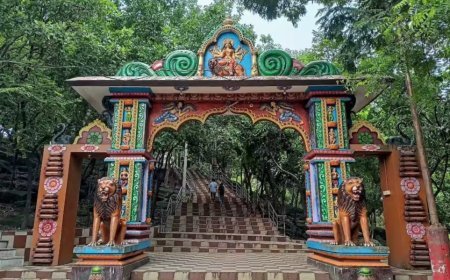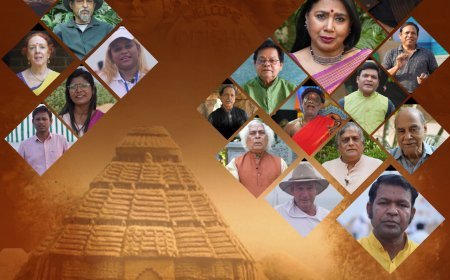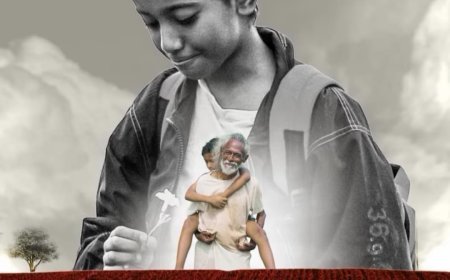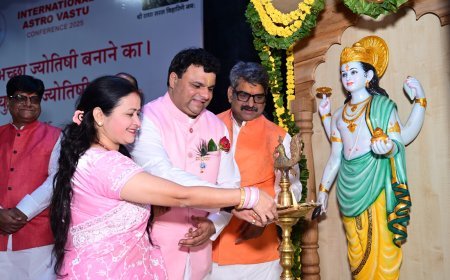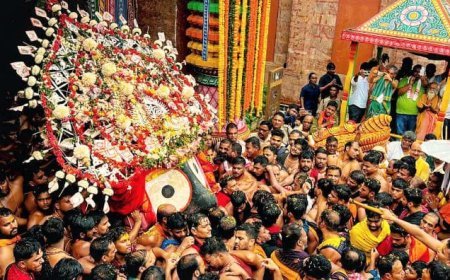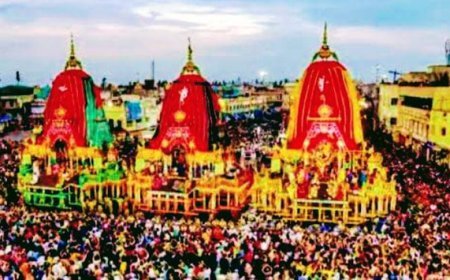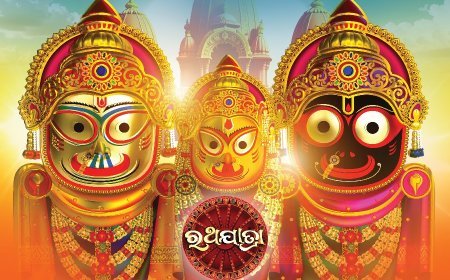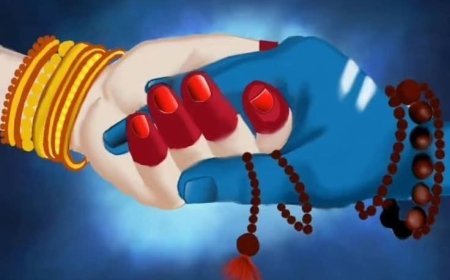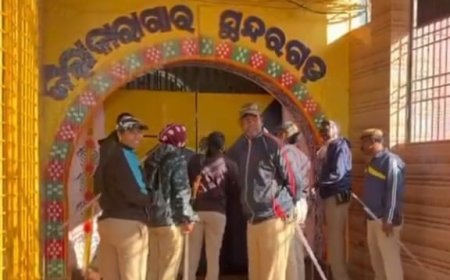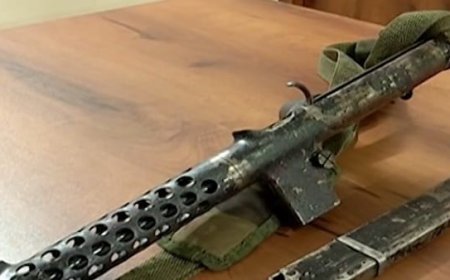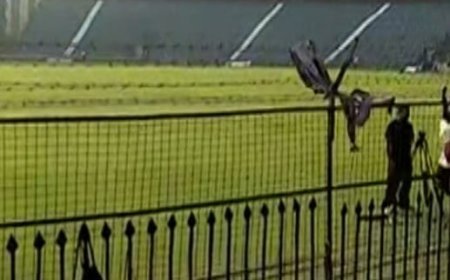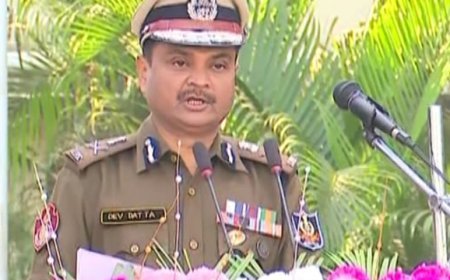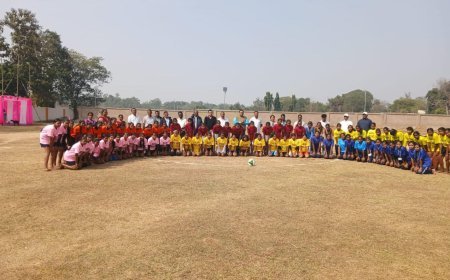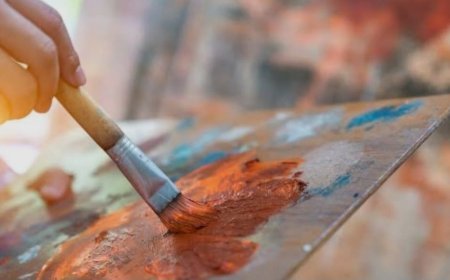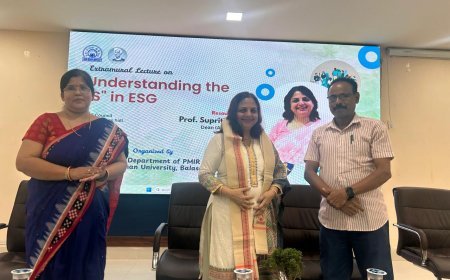DHOKRAA : An Enduring Legacy of Timeless Craftsmanship.

SUSMITA MISHRA
Dhokraa, a traditional non-ferrous metal casting technique employing the lost-wax process, has been a testament to India's rich cultural heritage for over 4,000 years. Its origins trace back to the ancient Indus Valley Civilization, immortalized by artifacts like the Dancing Girl of Mohenjo-daro. This ancient art form, nurtured by the Dhokraa Damar tribe, predominantly thrives in regions of Odisha & West Bengal . Among these, the Dhenkanaal district in Odisha stands out as a significant center for Dhokraa craftsmanship, with villages such as Sadeibareni village and Navjeevanpur village being especially renowned.
* The Dhokra Crafting Process
The Dhokraa technique involves intricate steps, each embodying the essence of ancient practices:
1. "Core Making": A clay core, slightly smaller than the intended final product, is meticulously crafted and left to sun-dry.
2. "Modelling": A detailed wax model is sculpted around the core, capturing the desired intricacies.
3. "Moulding": The wax model is encased in fine clay to form an impression, followed by additional clay layers. Pouring channels are added for the molten metal.
4. "De-waxing": The mould is heated to remove the wax, leaving a cavity for the molten metal.
5. "Casting": Molten brass, an alloy of nickel, brass, and zinc, is poured into the cavity.
6. "Finishing": Once cooled, the metal object is extracted from the mould and surface imperfections are repaired.
* Unique Characteristics and Inspirations
Dhokraa motifs draw deeply from tribal and folk culture, often reflecting elements of nature like the sun, moon, leaves, and flowers. Each piece is unique, ensuring no two Dhokraa artifacts are identical. The soil used in Odisha gives the creations a distinct darker hue, leading to the term "Black Metal Dhokraa," particularly noted in regions like Kandhamaal and Dhenkanaal. Additionally, local materials influence the color variations, with Sadeibareni producing pieces with a bluish tinge.
*Cultural Significance and Modern Transformations
Dhokraa artisans in Odisha embed reflections of their daily lives and traditional attire into their creations, infusing their art with the beauty and hardships of their existence. Modern demand has spurred these artists to diversify their products, incorporating contemporary designs into items like flower vases, pen stands, ashtrays, mobile holders, and wall hangings. Dhokraa jewelry, known for its intricate designs and primitive charm, has garnered international acclaim among fashion and art enthusiasts.
* Uncertain Future
Despite its rich heritage, Dhokraa faces an uncertain future. The new generation of craftsmen shows little interest in continuing this labour-intensive craft due to the meagre remuneration. To preserve this heritage, the Odisha government plans to establish a museum dedicated to Dhokra art in Sadeibereni-Nabajibanpur.
* Visiting the Artisans
A visit to these villages offers a rare glimpse into the world of Dhokraa artisans. Sadeibareni, accessible from Bhubaneswar, allows visitors to witness the meticulous process and intricate designs firsthand. This experience fosters a profound appreciation for an ancient craft that continues to thrive amid the challenges of contemporary times.
***********
Bhubaneswar
